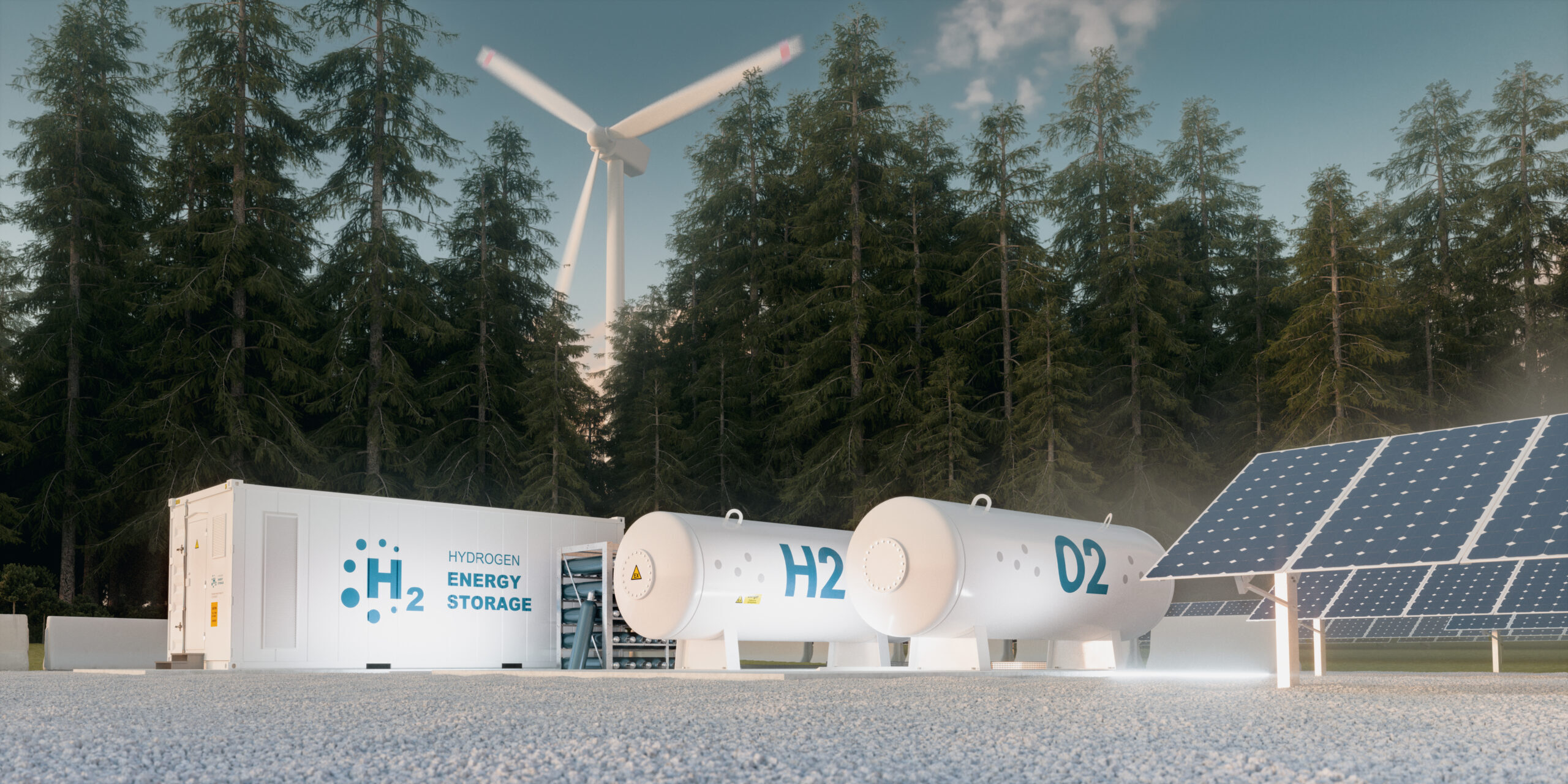Supertrends in Green Hydrogen
Supertrends co-founder Lars Tvede introduces the topic and business of green hydrogen. He discusses the prospects for a “Big Bang” in this sector and lists some key elements that will be needed for hydrogen to break through and become competitive.

This section serves as a navigational aid for the reader. It provides a guide through this report, offering a short outline of each chapter and its highlights.

This chapter examines the history of hydrogen production and use. It examines changes in perception and perspectives in hydrogen production and use, and serves as an introduction to hydrogen as a fuel source. It examines the various uses of hydrogen in different sectors.

This chapter lays out the value chain involved in the production and use of green hydrogen. It examines the modalities, challenges and potentials of each element of that value chain, and introduces a number of companies active in each.

Hydrogen has a broad range of applications in industry, transport, buildings, and the energy sector. This chapter introduces the various sources, users, and uses of hydrogen in more detail, examining its use as fuel and in chemical and industrial processes. Its impact on the energy industry is also covered in more detail. Attention is given to its potential for decarbonizing the various areas of potential hydrogen use, and to the relevant economics required for making that use cost-effective.

This chapter introduces the various processes involved in the production, storage, distribution, and use of hydrogen, including detailed descriptions of the different types of electrolyzers, their advantages, and the drawbacks of each. It concludes with an overview of factors affecting market maturity, up-scaling, and mass commercialization.

This chapter discusses how widespread uptake of green hydrogen can help with mitigating climate change and protect the environment, as well as its potential role as a catalyst for economic growth and job creation. Energy- and emissions-intensive industries can use green hydrogen to optimize their choices within the framework of emissions trading schemes or to hedge against fluctuations in the energy markets.

In conclusion, we look at how green hydrogen technology will disrupt and transform existing energy systems and business models. We discuss factors affecting timelines for the decarbonization of heavy industries and the effects of large-scale hydrogen integration in the energy industry and other sectors, both upstream and downstream. Regulatory action, we conclude, will largely be informed by national, regional, and global policy goals.


